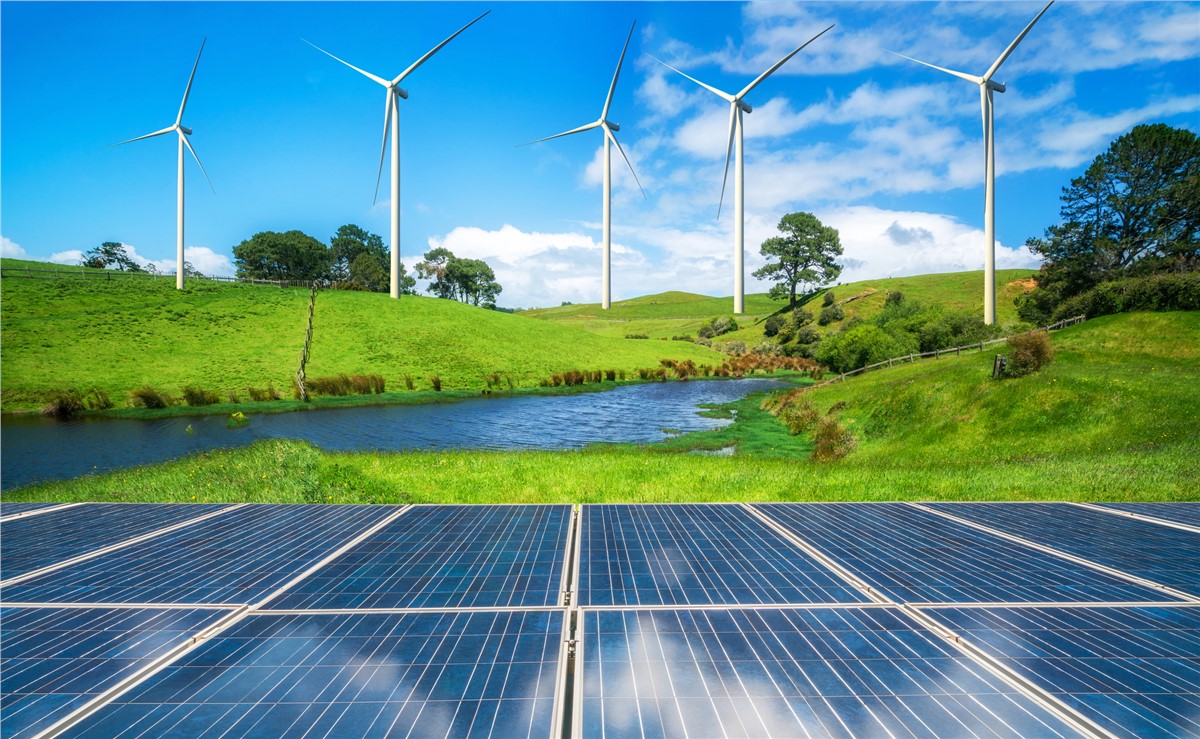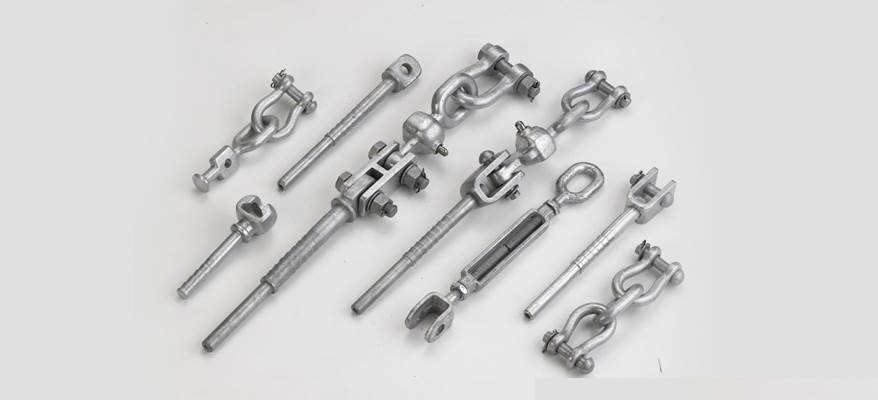
The transition from fossil fuels in South America requires large investments across various sectors. This includes the modernization of the electrical grid, the shift to electric transportation, the adoption of sustainable energy sources, and the production of green hydrogen. Such investments present significant opportunities within the energy infrastructure sector in South America. They play a vital role in supporting expanding economies, managing natural resources, and addressing increasing energy demands. A significant part of the investments in the region is being allocated to renewable energy sources. This entails large-scale financing for alternative energy solutions like wind turbines and solar farms. This shift could help a transition towards a more sustainable and low-emission energy future. It is important to examine the factors to consider when investing. We’ will also learn the role of line construction hardware in ensuring sustainable energy.
Line construction hardware is crucial for the ongoing maintenance and development of energy infrastructure. This equipment supports renewable energy initiatives and the modernization of the grid. The selection of hardware is influenced by the specific requirements of the applications. Before making hardware selections, it is vital to consider aspects such as voltage levels, line configurations, and environmental conditions. This hardware plays a key role in ensuring energy sustainability in South America. This is by facilitating the integration of renewable energy, enhancing grid reliability, and improving rural electrification. Concurrently, investments in the region’s energy infrastructure provide opportunities for reducing carbon emissions. Let us delve into the policies, initiatives, and challenges that influence investments in this area.
Considerations for investing in South America’s energy infrastructure.
A thorough understanding of these factors is essential to ensure a sustainable future and achieve financial returns. Opportunities for investment in renewable energy and grid modernization are significant. Investors are encouraged to adopt a strategic framework that aligns with local regulations to ease long-term success in South America. The use of durable line construction materials minimizes the frequency of repairs and replacements. This thereby reducing operational costs. It is essential to check various factors when considering investments in the region’s energy infrastructure.

- The political landscape varies across South America, influencing the regulatory environment. Investors must assess the political risks associated with different nations in the region. A stable political climate ensures reliable regulations and protections for investments. It is vital to consider policies and incentives that promote energy development. This is including renewable energy targets, subsidies, and tax advantages. For instance, Chile boasts a strong renewable energy framework, while Argentina has introduced measures to attract investments in wind and solar energy.
- Investors should be cautious about committing funds to countries with unstable currencies. This is mainly due to prevailing economic conditions. Furthermore, it is important to check the availability of both domestic and international financing for infrastructure projects.
- The rising demand for energy presents significant investment opportunities in both renewable and non-renewable energy infrastructure. Brazil and Colombia, with their large and growing populations, show a much need for electricity.
- Enhancements to the electrical grid, advancements in smart grid technology, and the implementation of energy-efficient transmission systems collectively contribute to reducing energy losses and improving grid reliability. Additionally, international energy trading presents opportunities to bolster energy security. Investors are encouraged to consider nations such as Brazil, Paraguay, and Uruguay. These countries are beginning to engage in cross-border energy trade.
- Countries in South America are leveraging public-private partnerships to finance energy infrastructure through collaborative efforts. Nations like Brazil, Colombia, and Chile have established strong frameworks for PPPs. These frameworks help mitigate risks by sharing financial responsibilities with the government.
The significance of line construction hardware in advancing energy sustainability
With the growing focus on sustainable energy solutions, the role of high-quality construction materials has become increasingly vital. Line construction hardware facilitates the efficient and reliable transmission of electricity across South America. It also plays a key role in enhancing grid reliability, promoting rural electrification, and supporting the development of smart grid technologies. The use of line construction hardware is essential in achieving the energy sustainability objectives of South America. At TTF Power Systems, we are a one-stop-shop for utility pole hardware fittings, transmission line accessories and power line construction equipment. The following outlines the contributions of line construction hardware in fostering energy sustainability.

- Line construction hardware is essential for the effective transportation of electricity generated from renewable energy sources. This facilitates their integration into the power grid. For instance, reliable transmission lines are vital for the operation of wind farms located in Patagonia and solar farms situated in the Atacama Desert.
- The use of high-quality line construction equipment ensures that power transmission systems can endure extreme weather conditions. Additionally, this equipment contributes to reducing energy losses during distribution. This thereby ensuring that electricity reaches end users efficiently.
- Modern line construction hardware is instrumental in the development of smart grid technologies. It enables real-time monitoring, fault detection, and automatic responses to power outages.
- Furthermore, this hardware reduces operational and maintenance costs. This is by decreasing the frequency of necessary repairs and replacements. Investing in durable infrastructure is crucial for the long-term sustainability of energy projects. This lead to lower expenses throughout the lifespan of the system.